Sam Oswald discusses the design collaborative Boko with founder Adam Schwartzentruber, and learns about new ways to engage our environment.
I am driving with Adam Schwartzentruber from Cambridge to his family’s farm near Wellesley, Ontario. He has been telling me about the items offered by his design collaborative, Boko. Boko is currently run by him and his fiancée, Stephanie Boutari. Their reclaimed-timber benches, cards, and whimsical notebooks are slowly gaining popularity both online and at the Arts Market in Toronto. However, Adam is not content with simple production – he is always looking for different objects to make as well as different ways to make them. His most recent experiments include furniture made from plywood and boards from a barn he dismantled with the help of friends and crew.
I’ve known Adam for a long time, so I am familiar with his fascinating philosophies that alternate between pragmatism and idealism. He imagines Boko growing into a co-operative workshop and community. It would be a place to engage making and fabrication as well as to test strategies for self-sufficiency. His current furniture and stationary sales are his way of investigating the sustainability – both economic and environmental – of this goal.
Suddenly, he swings the car around on the (thankfully calm) country road. “Oh no! Turkey dead on the field!” We go out to investigate. The body is still warm. It must have just been hit. Adam takes a sheet from the trunk and wraps up the bird. “It’s too valuable to waste,” he explains.
As we continue towards the farm, Adam reminisces on the return of the wild turkey to this part of southwestern Ontario. “Growing up, I never, ever saw a turkey. Now, they’re coming back. And the coyotes too.” His grandfather once owned 100 acres of farmland, which has since been subdivided into three lots. The soil has been drained by years of monoculture, and Adam dreams of recombining the property and returning some of it to a wild state.
At the moment, the field behind the house sprouts orderly tufts of winter wheat, and the large vegetable garden is bare and muddy. We go into the small woodlot to pick wild leeks. In the barn, I meet Jerry the pig and collect eggs for our lunch. I watch in semi-horrified fascination while he attempts to cleanly skin the turkey. Back at the main house, part of the turkey is thrown into a pan with some oil and the fresh leeks. Myself, I prefer an omelette.
For Adam, another significant goal of Boko is education. The small cabin in his field is a product of hours spent with friends, solving design problems, assembling trial solutions, and sharing physical labour. He believes this type of freewheeling experimentation is greatly undervalued in the architecture curriculum.
“For me there’s no difference between how we isolate ourselves from the environment and how we use the environment. It’s how we sustain our life in nature. Today it has been separated into multiple industries: engineering, agriculture, construction. But architecture can also mean the overlying system, the links that bind everything so it can operate in harmony. I don’t see architecture as just building, or just environment. What I think is most important is that architects have a responsibility to actively interrogate every aspect of living.” Adam says that to truly achieve this is impossible – but I believe he is doing admirably.


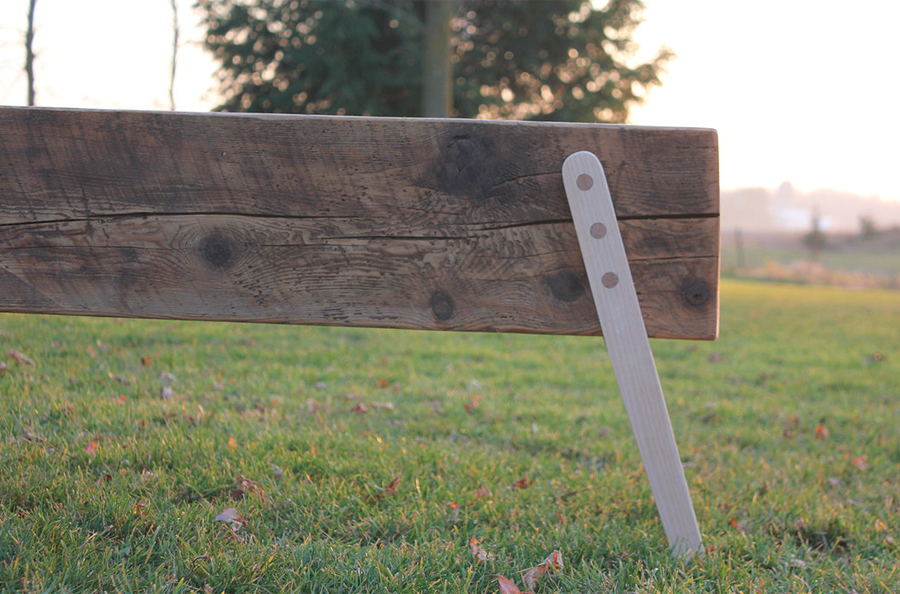
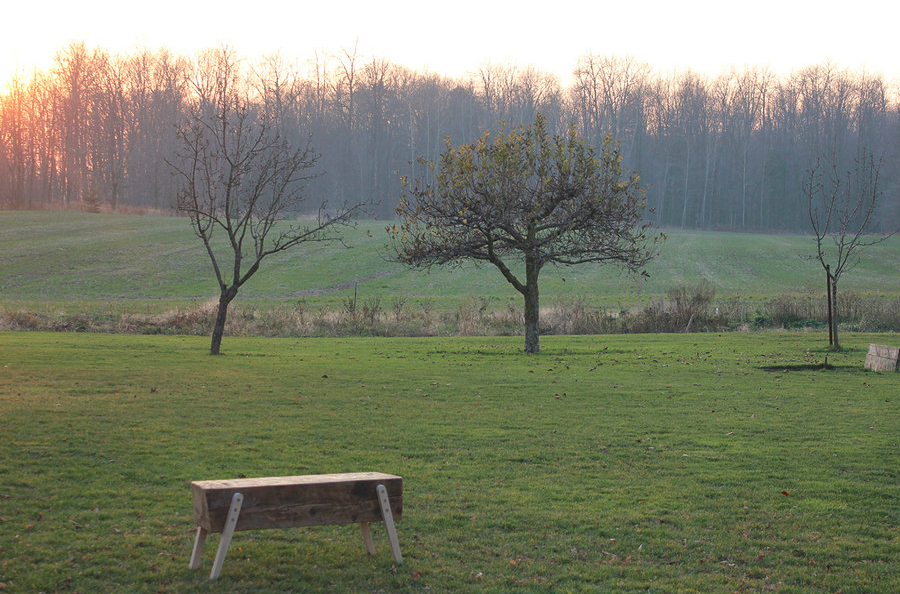
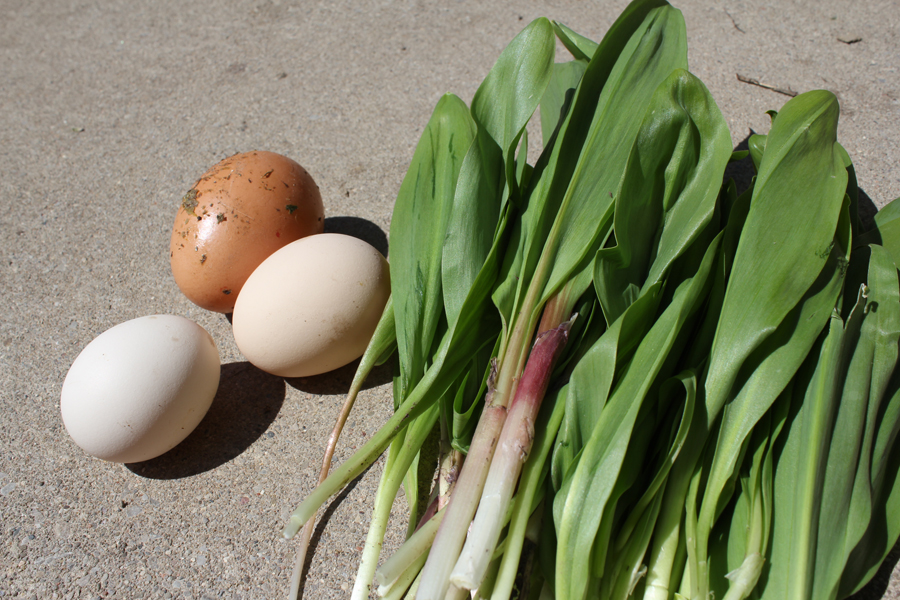
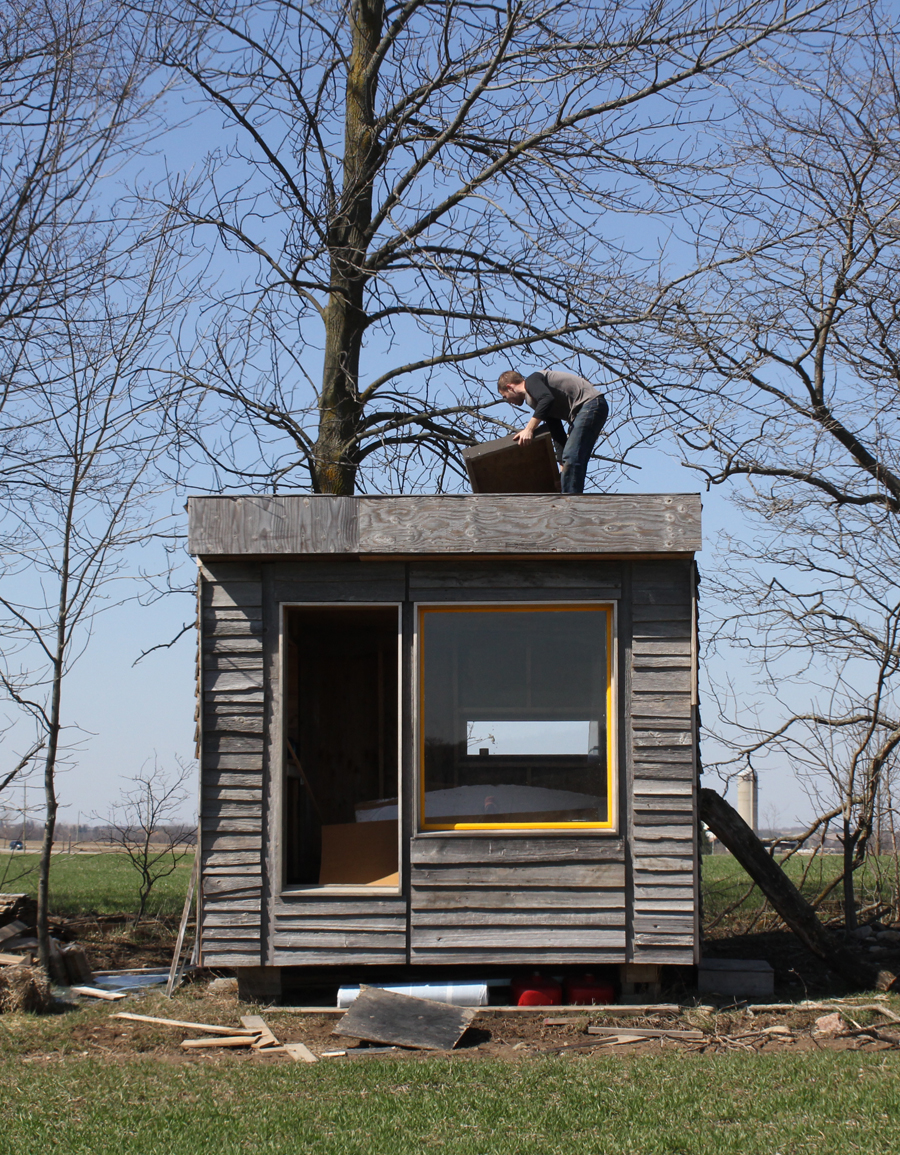
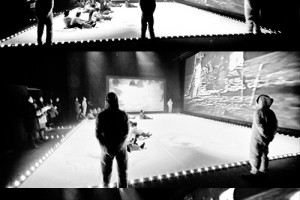
Leave a Reply